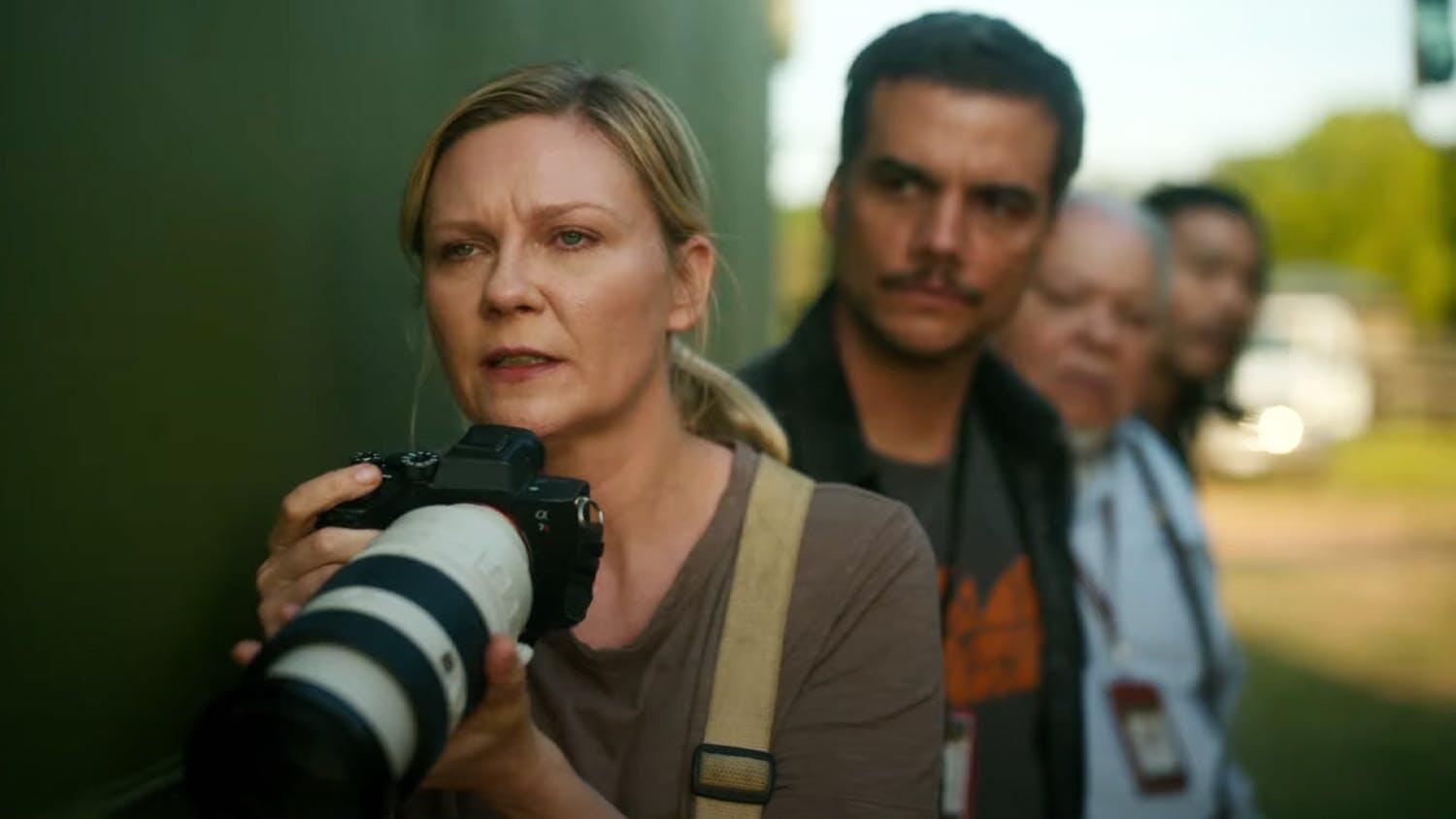A tragedy of false security
The film looks as if it had been photographed through the mists of time. Often its characters seem to move with the strange deliberation of figures in a dreamed memory, their outlines softened by the years. Yet its images, its language (and its silences) are as carefully and as economically calculated as those of a poem—a poem about the loss of innocence, both personal and political.
The Garden of the Finzi-Continis has correctly been hailed as a return to the old, great form of its director, Vittorio De Sica. One of the founders, and certainly the master, of the neorealist school of postwar Italian film-making, De Sica has been wandering in a wilderness of insignificant commercial projects for the last decade or so. His return to serious themes is an occasion. But Garden resembles such early masterpieces as Shoeshine, Bicycle Thieves and Umberto D. only in one way—although the most important way: as a film scrupulously devoted to examining the truth of human behavior. It differs from his other major works in that its style is elegant, elegiac and oblique and that its emotions are not so readily visible.
Specifically, the issue here is the powerful human inclination to ignore unpleasant realities in favor of tending our own private gardens without interruption. The Finzi-Continis, aristocratic Italian Jews of great wealth and distinguished lineage, have a literal as well as metaphorical garden—a huge park, really, that surrounds their mansion and effectively insulates them from the growing hostility of Mussolini’s regime in the late 1930s. No more than the rest of the Jewish community of their provincial town can they believe that anti-Semitism is about to become official state policy, since its unpleasant traditions are much less deeply rooted in Italian social custom than in German. When Jews are banned from public places of recreation, the Finzi-Continis throw open their garden to their children’s friends—an act of noblesse oblige they are confident will be only briefly necessary.
The garden, of course, offers its guests a false sense of security, an ironic taste of a style of life that had begun to vanish even before fascism had come: woodland strolls through the estate, genteel tennis matches and. for Giorgio, the protagonist, a highly ambiguous flirtation with Micol. the Finzi-Contini daughter. The irony is deepened by the fact that the same harsh aspect of Italian life that gave them access to these pleasures within the garden is simultaneously making them more unhappy outside. There they are excluded from public school, their parents harassed in their business and in their professions.
The heart of the film is the relationship between the middle-class boy and the aristocratic (and neurotic) girl, which ends in betrayal and adolescent romantic anguish. One or two critics have suggested that this relatively small personal tragedy is made to scent too important in comparison to the much greater tragedy, the rounding up of Jews for shipment to the concentration camps, with which the film ends. The film is indeed highly articulate about the former and really says nothing about the latter, merely showing the numb, dumb shock of the victims. But that is precisely where De Sica demonstrates his highest artistry. For broken romances there is a behavioral precedent, a set of conventions to guide our responses. About genocide we learned to be articulate only after the fact. At the time it was unbelievable, even to its victims, and there was no vocabulary in which to express the pain and shock. Perhaps more to De Sica’s point, pains caused by other human beings are most immediate to us. while we try to avoid dealing with those that derive from the faceless institutional madness that afflicts life in our time. We may be wrong, but that is the truth about us. And this is a film of painful truth most poignantly put.
LIFE, 18 Feb 1972




